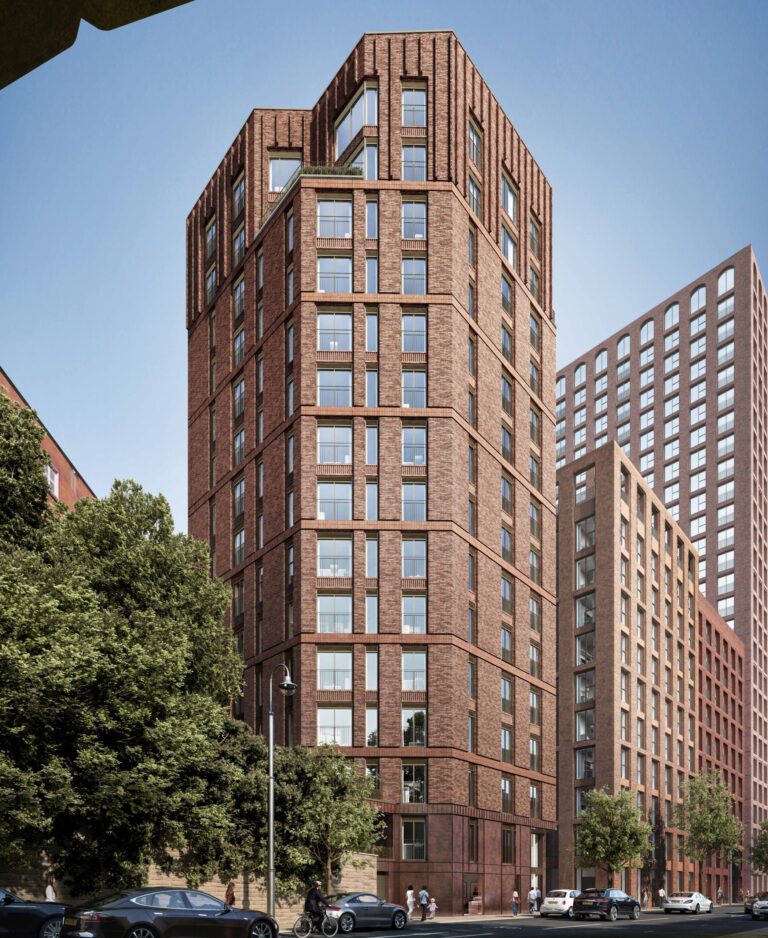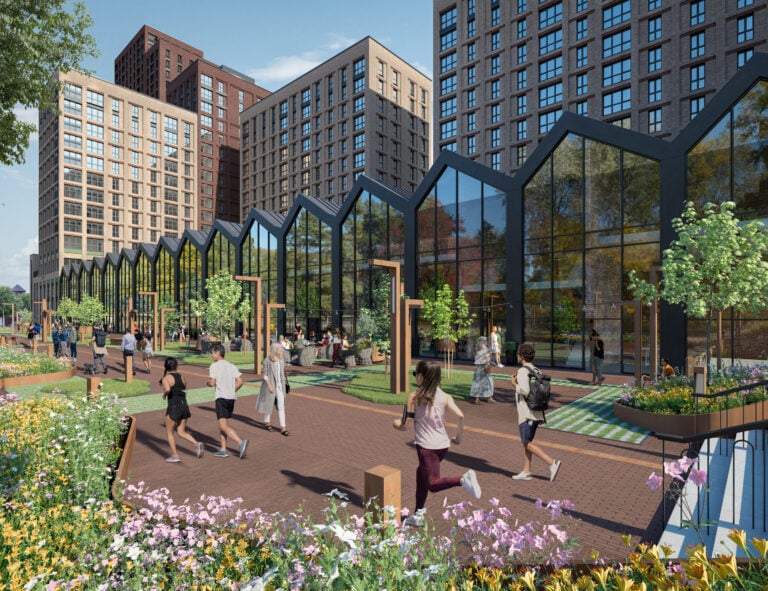Both property buyers and renters are willing to pay substantial premiums to live near stations, according to new research carried out by lender Nationwide.
The research reveals that over 80% of Londoners say being near a station is either fairly or very important when choosing where to live. In other major cities such as Manchester and Glasgow, around 60% rate station proximity as important.
And 85% of residents in all three of those cities live within a half-hour walk of a station. Among them, the most commonly cited reasons for choosing to live in such close proximity were quick city travel and easier commutes to work. A notable 10%, though, don’t have or even want a car.
The premiums they are willing to pay rise the closer they get, although stretched affordability is beginning to limit how much. The level of those premiums depends mostly on the area’s prices and how much residents have to rely on public transport.
Londoners not only have the most expensive homes, but nearly 60% of them also catch trains or tubes more than once a week and have average commutes of 30 minutes. Just 35% of Manchester residents and 37% in Glasgow use public transport as frequently.
Every metre counts
It means, in the capital, homes within 500 metres of stations carry the highest premium at £42,700 more than identical properties 1.5 kilometres away. In Manchester, the premium is £10,900, while in Glasgow it is £8,800.
But every metre matters. In London, the premium you pay for living 1,000 metres from a station is 3.5%, for 750 metres it is 5.6% but at 500 metres it climbs as high as 8% compared to the same property 1.5 kilometres away. Based on current average prices, that’s potentially an extra £25,200 for moving just 500 metres closer to the station.
Owing to the effects of stretched affordability and the tail end of the pandemic’s flight to the country, cities have seen premiums drop since 2021. Manchester’s station premium fell from 6.1% to 4.9%, Glasgow’s dropped from 7.2% to 4.6% and London’s slipped from 9.7% to 8.0%.
London’s size means there are more options there for buyers, half of whom now choose to live near stations in outer areas because affordability pressures have forced them away from the city centre. Two-fifths of Glasgow buyers report similar constraints.
Rental markets mirror sales
Separate research shows tenants take very similar approaches when it comes to transport links. Over 90% rate proximity to public transport as either very important or important when choosing where to live. Two-thirds are willing to pay more rent to be close to transport links, and properties within 500 metres of stations can attract rental premiums of 10-15% compared to ones that are further away. Close proximity to transport hubs also tends to create more stable rental markets, with occupancy rates typically 5-10% higher than other areas.
And when major new transport infrastructure opens, rental premiums often occur before house prices have had time to adjust. When the Elizabeth line was constructed, for example, rental values increased sharply in areas that gained improved connectivity, but average house prices remained below London norms.
Staying ahead of the market
For buy-to-let investors, monitoring planned transport projects before they become widely known can therefore deliver some significant advantages, boosting property prices, elevating rents and reducing void periods. There are several sources worth monitoring for early indications of any major transport projects. These include:
- Transport for London’s “Have Your Say” platform (haveyoursay.tfl.gov.uk) publishes upcoming projects and consultations covering everything from DLR extensions to new bus routes. Current major projects include extending the DLR to Beckton Riverside and Thamesmead.
- TfL’s “Planning for the Future” section (tfl.gov.uk/corporate/about-tfl/how-we-work/planning-for-the-future) carries information about longer-term plans, including the Bakerloo line extension to southeast London and West London Orbital proposals.
- For major national projects, the Planning Inspectorate’s National Infrastructure Planning website (infrastructure.planninginspectorate.gov.uk) publishes consultation documents for Nationally Significant Infrastructure Projects years before any construction begins.
- The Government also regularly consults on infrastructure planning changes, with current consultations available at gov.uk.










